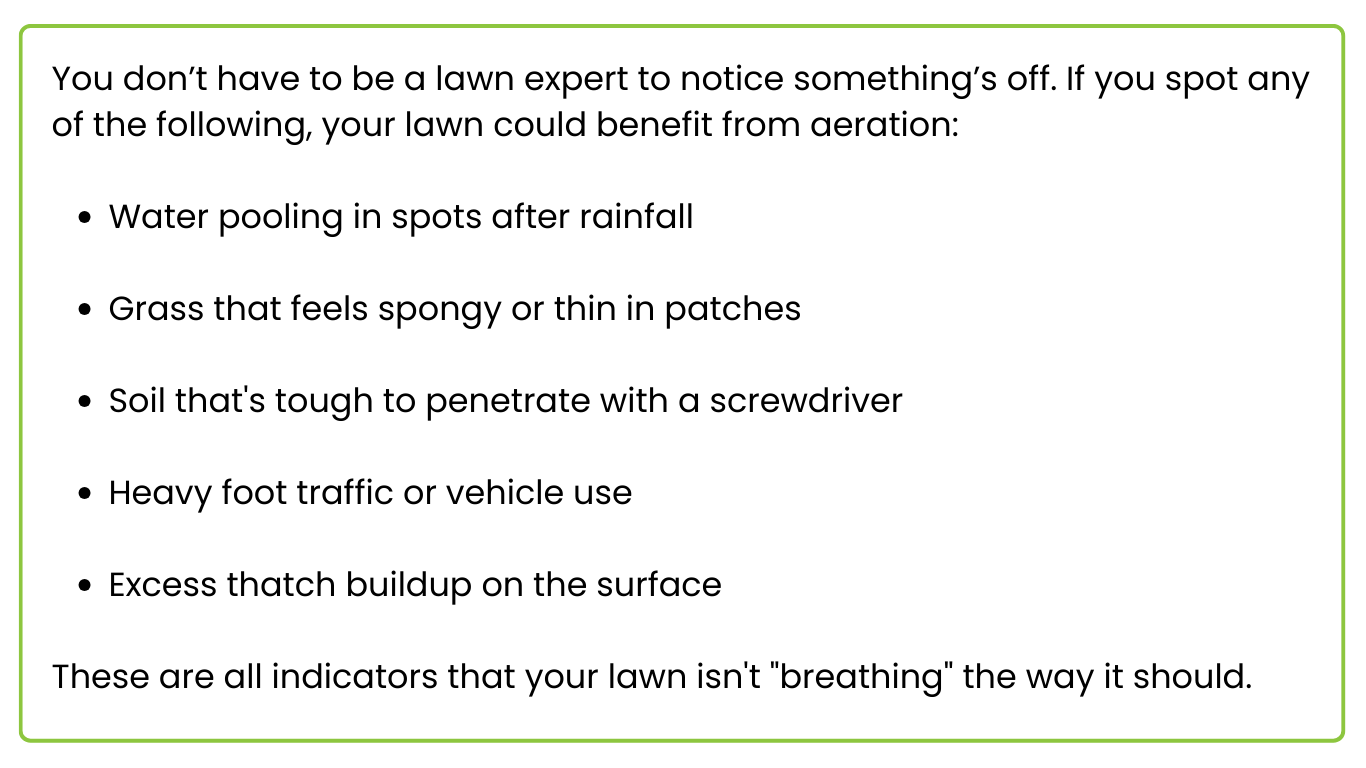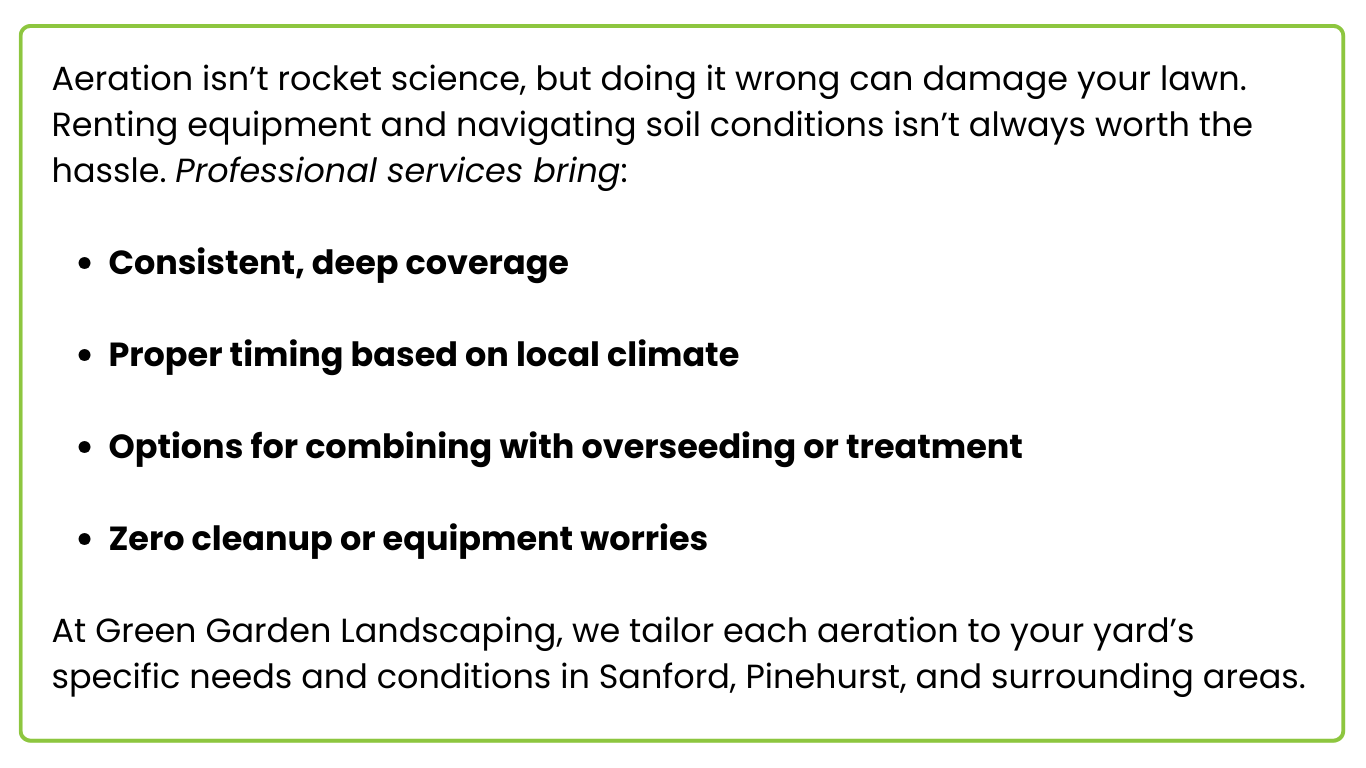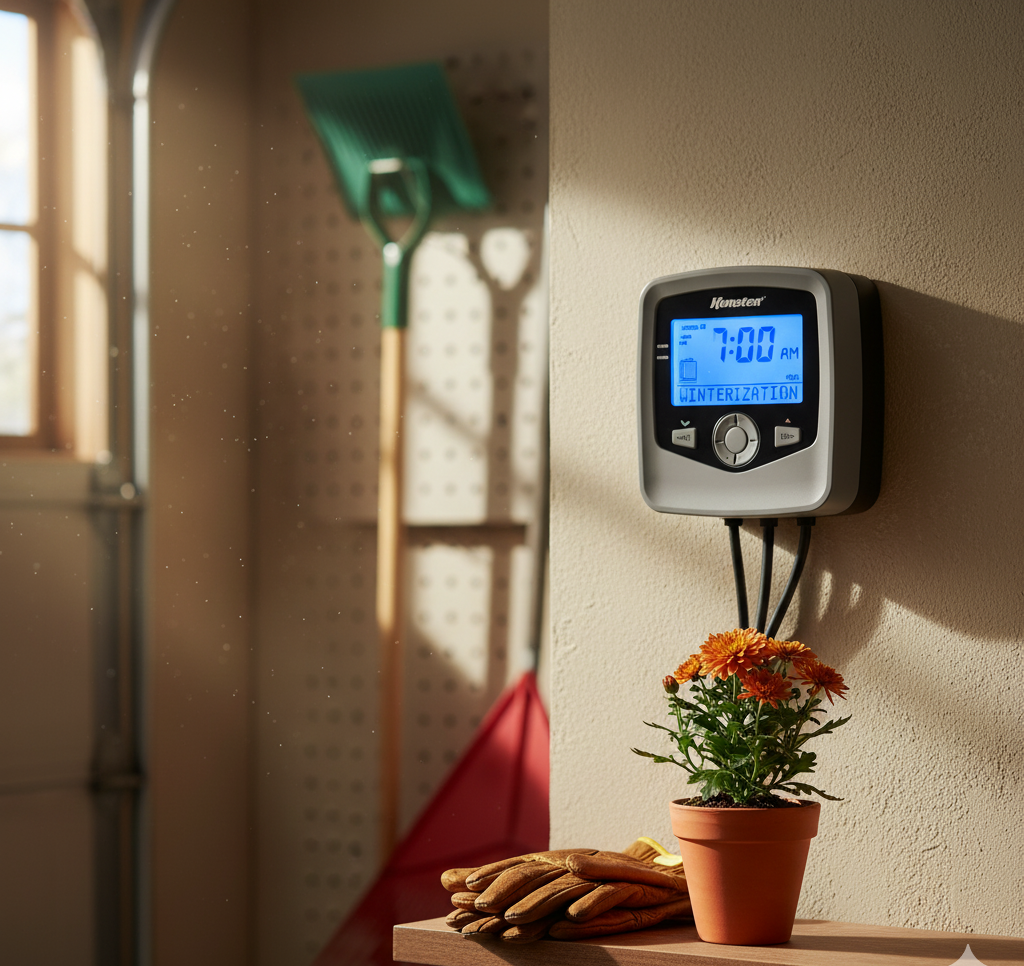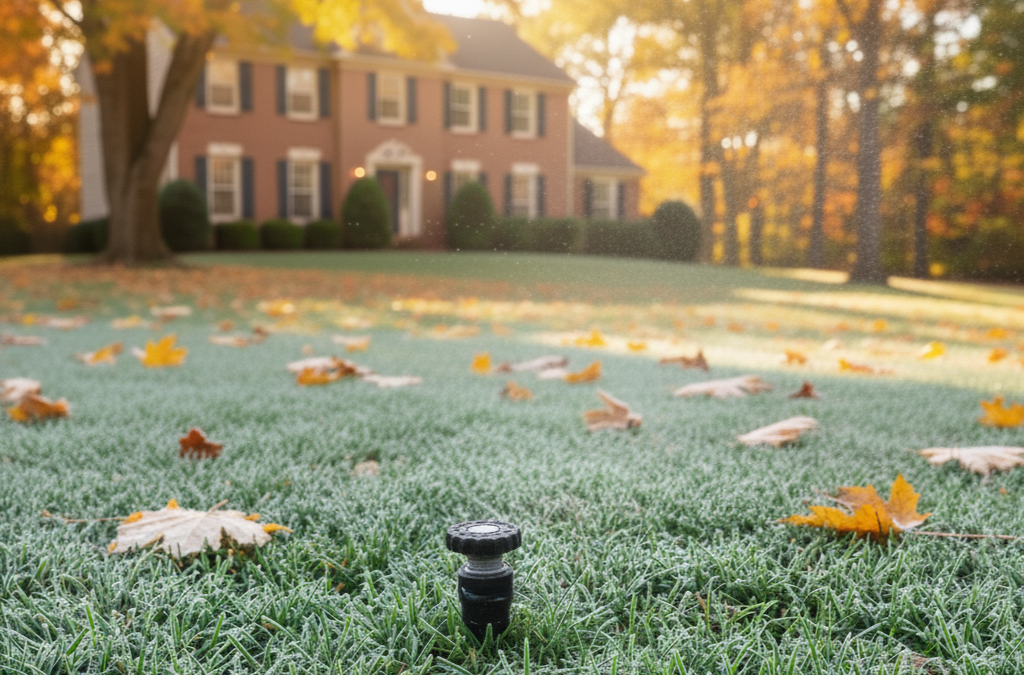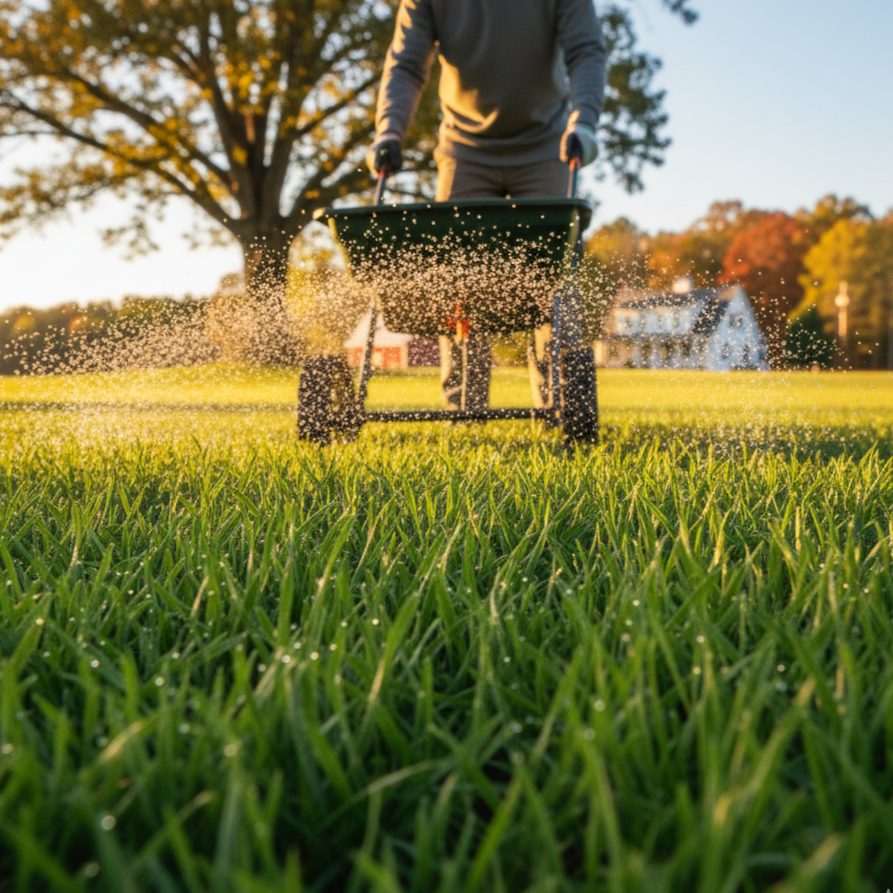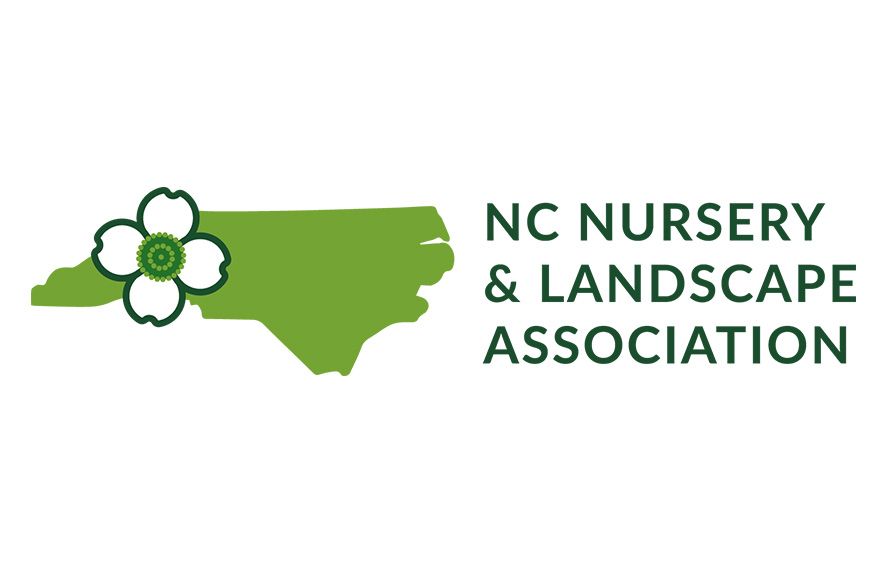Unlock Healthier Grass by Helping Your Soil Breathe
Lawn aeration is one of those yard care practices that often flies under the radar—until you see the results. Over time, soil naturally becomes compacted, creating a barrier between your grass roots and the air, water, and nutrients they need to thrive. Aeration opens up the soil, breaking that barrier and laying the foundation for greener, healthier growth.
Let’s dig into the key benefits, signs your lawn is overdue for aeration, why October is ideal for pairing it with overseeding, and how professional service can make all the difference.
What Exactly
Is Aeration?
Aeration is the process of creating small holes in your lawn’s soil to break up compacted ground. Over time, foot traffic, rainfall, mowing, and general use can compress the soil beneath your lawn—reducing its ability to absorb nutrients, air, and moisture. When soil becomes too compacted, grassroots struggle to grow deeply and evenly, leading to weak, patchy, or unhealthy grass.
By allowing air to circulate freely and water to soak in efficiently, aeration helps revitalize your lawn from the ground up. It gives the root system room to expand, improves the efficiency of fertilizers, and enhances the soil’s overall structure. In short, aeration creates the ideal environment for your grass to thrive.
This practice is especially important in high-traffic areas, newly sodded lawns, or yards with heavy clay soil. Even healthy lawns benefit from routine aeration—especially in the fall when cooler temperatures and moisture create perfect conditions for growth and recovery.
Why October Is Ideal for Aeration & Overseeding
Signs Your Lawn Might Be Suffocating
The Best Time to Aerate
Timing matters—a lot. Aerating your lawn at the right time ensures that your grass recovers quickly, takes full advantage of improved soil conditions, and grows stronger as a result.
Cool-season grasses (like fescue, Kentucky bluegrass, or ryegrass) benefit most from
aeration in
early fall. This is when temperatures are cooler, rainfall is more consistent, and the grass is actively growing after summer dormancy. Aerating in the fall allows roots to expand and strengthen before winter arrives.
Warm-season grasses (such as Bermuda, Zoysia, or St. Augustine) thrive when aerated in
late spring to early summer. These grasses grow most vigorously during the heat of the season, so aeration during their peak growing period promotes faster recovery and deeper rooting.
For best results, avoid aerating during dormancy or drought conditions, as stressed grass won’t recover well.
🌱
Pro Tip:
Pairing aeration with
overseeding and
fertilization further maximizes the impact.
Overseeding: The Secret to Thicker, Healthier Turf
Core vs. Liquid Aeration: What’s Right for You?
Both methods aim to relieve soil compaction and promote root health, but they go about it differently. Understanding the strengths of each approach can help you make the best choice for your lawn’s needs and lifestyle.
Still unsure? Many homeowners benefit from combining both methods—core aeration once or twice a year, with liquid applications between treatments for continuous improvement.
Why Professional Aeration Pays Off
Final Takeaway: Don’t Wait for a Problem to Appear
Aeration is proactive lawn care. It strengthens your lawn from the ground up—literally. By relieving compaction and boosting root development, aeration helps your turf resist drought, weeds, and disease. Even if your lawn looks healthy on the surface, compacted soil beneath could be quietly holding it back.
And by pairing it with overseeding in October, you ensure your grass not only survives the winter—but comes back greener and thicker than ever in spring.
Want thicker, healthier grass? Let us do the heavy lifting.
Green Garden Landscaping offers professional aeration services tailored to your turf type and seasonal needs. Whether you're prepping for overseeding or just want to improve soil health, we’ve got the tools and know-how to get it done right.




